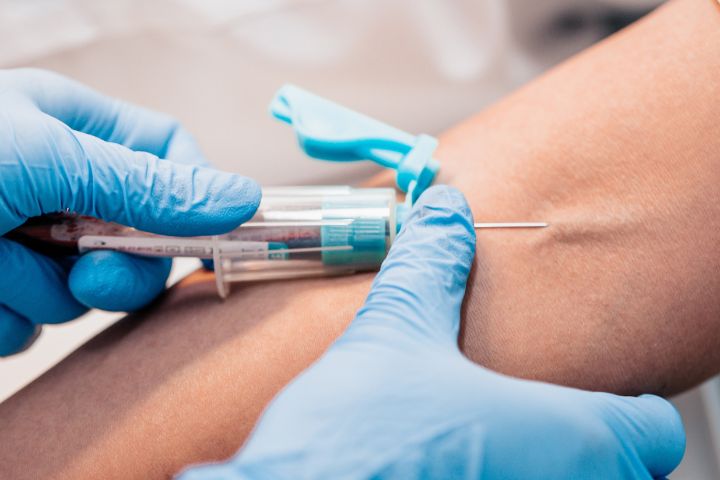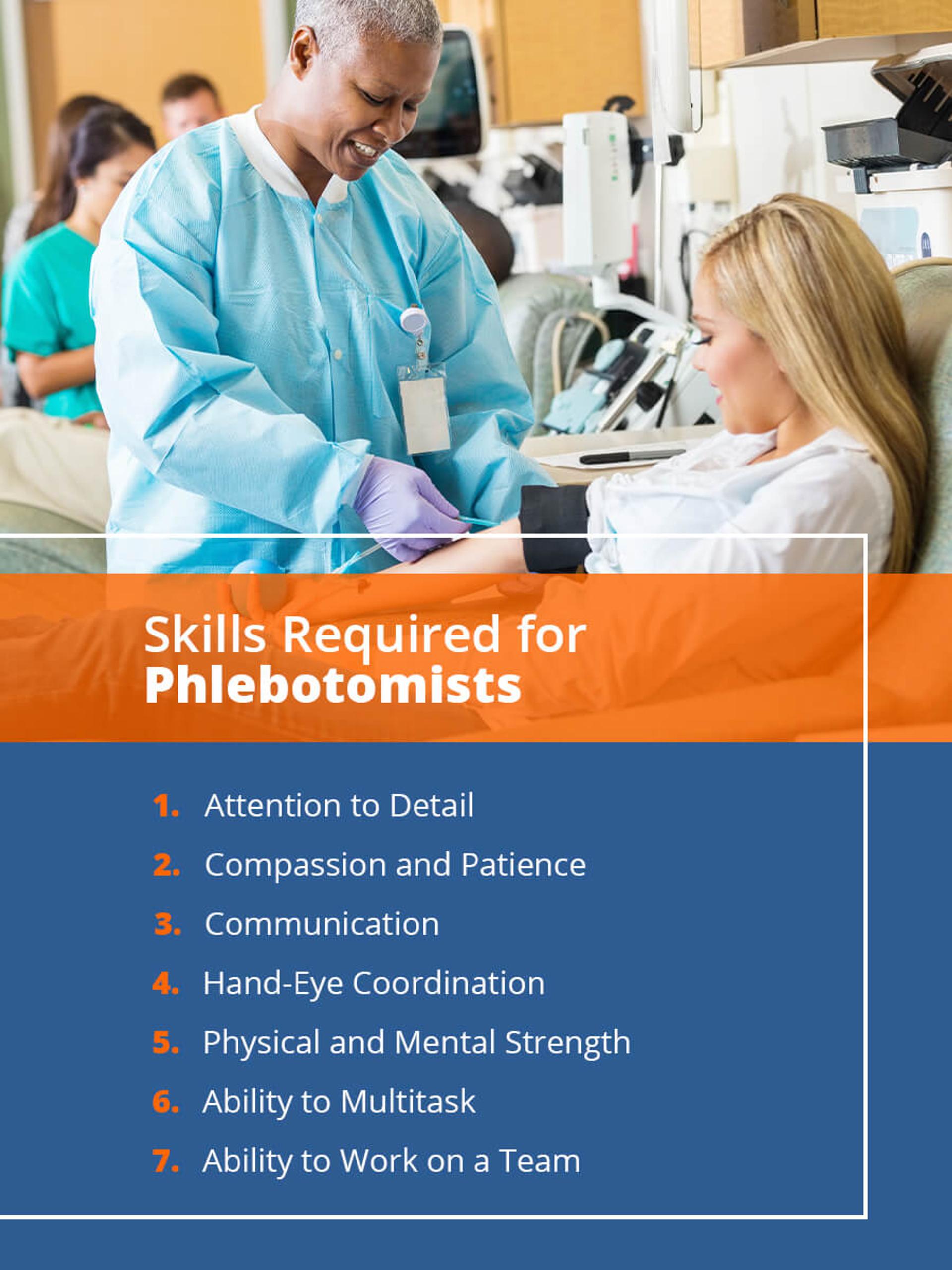The 2-Minute Rule for Northeast Medical Institute - New Haven Campus Phlebotomy Course & Cna Class
The 2-Minute Rule for Northeast Medical Institute - New Haven Campus Phlebotomy Course & Cna Class
Blog Article
Northeast Medical Institute - New Haven Campus Phlebotomy Course & Cna Class - An Overview
Table of ContentsRumored Buzz on Northeast Medical Institute - New Haven Campus Phlebotomy Course & Cna ClassNortheast Medical Institute - New Haven Campus Phlebotomy Course & Cna Class for BeginnersNortheast Medical Institute - New Haven Campus Phlebotomy Course & Cna Class for BeginnersFacts About Northeast Medical Institute - New Haven Campus Phlebotomy Course & Cna Class RevealedNortheast Medical Institute - New Haven Campus Phlebotomy Course & Cna Class Can Be Fun For AnyoneTop Guidelines Of Northeast Medical Institute - New Haven Campus Phlebotomy Course & Cna Class
However, using such tools need to be gone along with by other infection avoidance and control practices, and training in their use. Not all security devices are relevant to phlebotomy. Before choosing a safety-engineered device, users need to thoroughly examine offered tools to identify their appropriate use, compatibility with existing phlebotomy practices, and efficacy in safeguarding personnel and individuals (12, 33).For setups with reduced sources, expense is a motoring element in purchase of safety-engineered gadgets. Where safety-engineered devices are not available, competent usage of a needle and syringe is appropriate.
labelling); transport conditions; interpretation of outcomes for clinical management. In an outpatient division or facility, offer a committed phlebotomy work area containing: a clean surface area with 2 chairs (one for the phlebotomist and the various other for the patient); a hand laundry basin with soap, running water and paper towels; alcohol hand rub. In the blood-sampling room for an outpatient division or facility, provide a comfy reclining sofa with an arm remainder.
Getting The Northeast Medical Institute - New Haven Campus Phlebotomy Course & Cna Class To Work
Make certain that the indicators for blood tasting are plainly defined, either in a written protocol or in recorded instructions (e.g. in a lab form). Accumulate all the devices required for the treatment and location it within secure and simple reach on a tray or cart, ensuring that all the products are plainly visible.
Where the individual is adult and aware, comply with the actions described listed below. Introduce on your own to the patient, and ask the individual to mention their complete name. Check that the research laboratory type matches the individual's identity (i.e. match the client's details with the lab kind, to make sure exact identification). Ask whether the license has allergies, fears or has ever passed out throughout previous injections or blood draws.
Make the individual comfy in a supine position (when possible). Location a tidy paper or towel under the individual's arm. Review the examination to be performed (see Annex F) and obtain spoken permission. The person has a right to refuse a test any time before the blood sampling, here so it is necessary to guarantee that the person has actually recognized the treatment.
Rumored Buzz on Northeast Medical Institute - New Haven Campus Phlebotomy Course & Cna Class
Expand the client's arm and inspect the antecubital fossa or forearm. Locate a capillary of a good size that shows up, straight and clear. The diagram in Section 2.3, reveals common settings of the vessels, yet many variants are possible. The typical cubital blood vessel lies in between muscle mass and is normally the most easy to penetrate.
DO NOT put the needle where capillaries are drawing away, due to the fact that this enhances the possibility of a haematoma. The capillary must be noticeable without applying the tourniquet. Situating the blood vessel will certainly assist in determining the right size of needle. Apply the tourniquet regarding 45 finger sizes above the venepuncture site and re-examine the blood vessel.
Samplings from central lines bring a risk of contamination or erroneous research laboratory test outcomes. It is acceptable, but not excellent, to draw blood samplings when first introducing an in-dwelling venous device, prior to attaching the cannula to the intravenous liquids.
Some Ideas on Northeast Medical Institute - New Haven Campus Phlebotomy Course & Cna Class You Should Know
Allow the area to completely dry. Failure to allow sufficient call time increases the danger of contamination. DO NOT touch the cleansed website; in particular, DO NOT put a finger over the blood vessel to guide the shaft of the subjected needle. It the site is touched, repeat the sanitation. Perform venepuncture as complies with.
Ask the client to form a hand so the capillaries are much more famous. Go into the blood vessel promptly at a 30 level angle or much less, and remain to introduce the needle along the vein at the easiest angle of entry - Phlebotomy Training. Once enough blood has been accumulated, release the tourniquet BEFORE taking out the needle
Some Known Facts About Northeast Medical Institute - New Haven Campus Phlebotomy Course & Cna Class.
Take out the needle gently and apply gentle pressure to the site with a tidy gauze or dry cotton-wool sphere. Ask the person to hold the gauze or cotton wool in position, with the arm expanded and elevated. Ask the client NOT to flex the arm, because doing so creates a haematoma.

The Main Principles Of Northeast Medical Institute - New Haven Campus Phlebotomy Course & Cna Class
Where feasible, maintain the tubes in a shelf and relocate the shelf towards you - https://www.imdb.com/user/ur184085558/. If the sample tube does not have a rubber stopper, inject incredibly slowly into the tube as minimizing the pressure and speed utilized to move the specimen minimizes the danger of haemolysis.

Report this page